
We get fellowships.
At the end of every spring semester, Rice School of Architecture’s generous alumni and donors give a handful of students the opportunity to do research by traveling abroad – [graduate] students propose research and itineraries, and the faculty decide who’s going (and dispense the checks); here are just a few of the fellowship winners, and what they did on their summer vacation . . . (with little blurbs to say what they did and then glamour shots to follow).
Jonathan LaRocca
In Australia, the crisis of unbridled development as continuous linear coastal conurbations, predominantly residential, has resulted in alarming losses of productive rural land ringing the coastal periphery. Could Australian cities lead the way in new urban inventions by both holding existing and creating new areas of green productive land within and between large urban conurbations?
Today over 58% of its population concentrated in just five large cities (Sydney, Melbourne, Brisbane, Perth, and Adelaide).
How are they currently responding to the urban-rural edge? 


Nick Risteen
Nick went to Havana (yes, legally) to research his thesis work on changing forms of urbanism there.











Andrea Manning
The Rice traveling fellowship I received enabled me to visit several zoos across the United States and Europe this past summer. I was able to experience first hand the various exhibit typologies, organizational conditions, and experiential situations that zoos have been utilizing for the past 200 years. These are a few images from some of my travels...
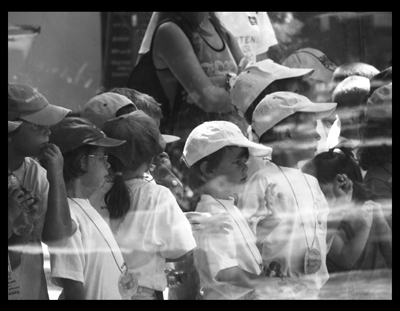

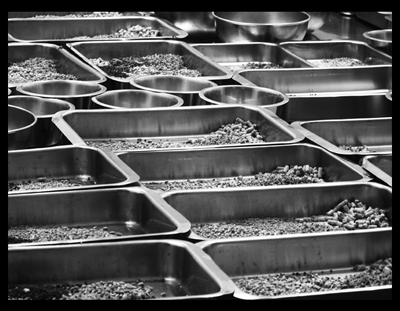
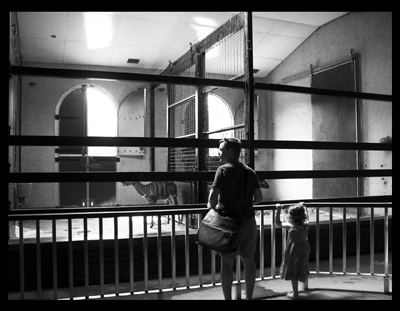
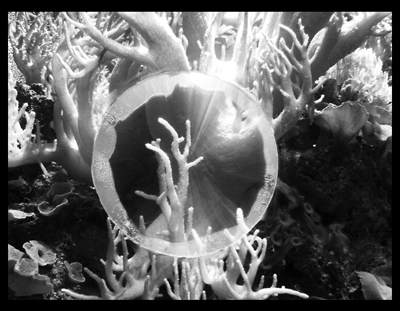
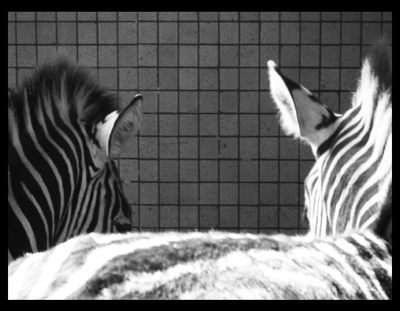


Wendy Gilmartin_ Chiang Mai, Thailand
The Land is a foundation made up of International artists, begun by two Thai, conceptual artists Rirkrit Tiravanija and Kamin Lecharprasert. The work they do is concerned with signs, symbols, group happenings (Like Tiravanija’s Pad Thai dinners in galleries) and social consequences of those combinations. This large-scale installation (2 acres), which the artists do not wish to refer to as art, is more utopian co-op or an attempt at an alternative, quasi-mechanized living landscape on a flood-prone plot of land via farming and buddhist spiritual techniques; sustainable/functional installations by international artists serve as points of dialogue and discourse operating at different axes in the field.
In reality, the initial project is a failed one. However, the result, or the way the foundation has responded to that failure is what is most interesting about the Land. Like an abandoned movie set where “art happened once,” the Land becomes a cyclical place of dereliction and re-use. 

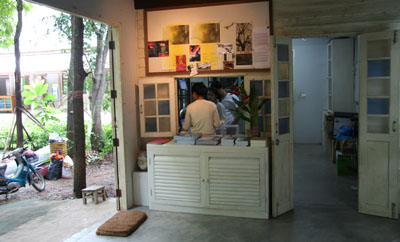
No Comments
Block this user
Are you sure you want to block this user and hide all related comments throughout the site?
Archinect
This is your first comment on Archinect. Your comment will be visible once approved.